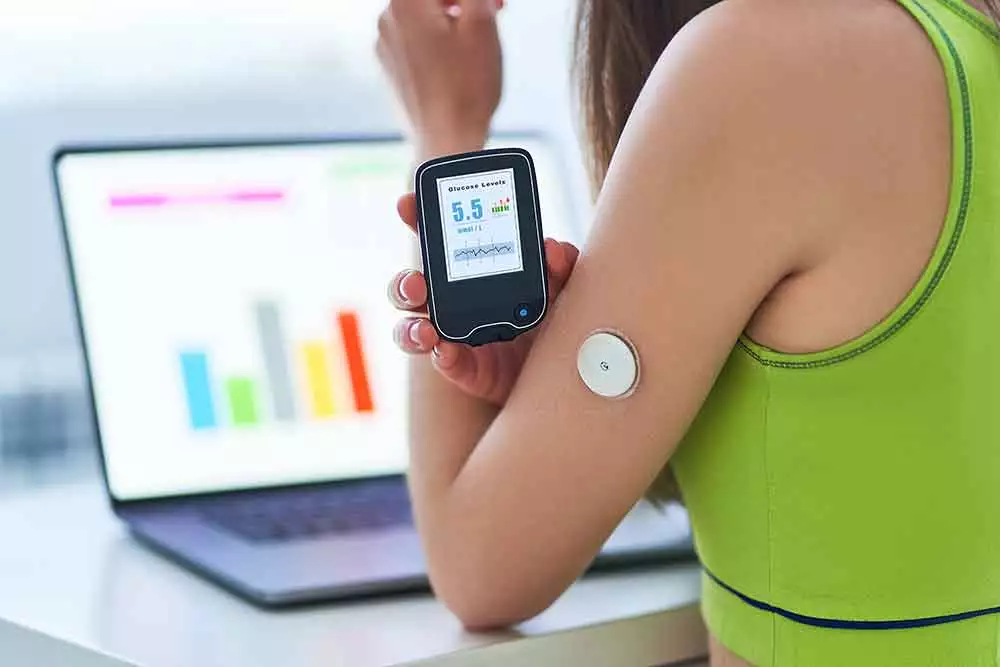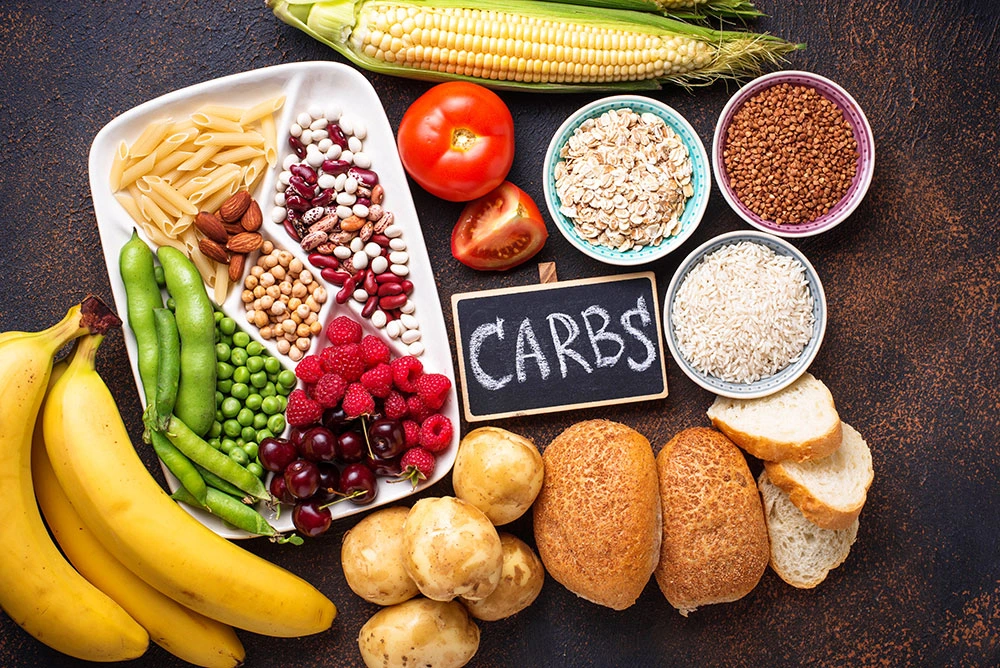Last updated on September 28th, 2022
mmol l to mg dl blood sugar converter is an easy way to interpret the sugar levels in venous blood. This can be done by switching between the international standard mmol/L as well as the well-known mg/dL sugar units. If you have any confusion regarding the normal blood glucose level or what is the meaning of glycemia, then read on! If you believe that your glucose levels grew a lot after the consumption of many sweets or donuts, then there is no need to worry. You can now easily check how to burn those calories with this simple yet unfussy glucose calculator. It is also helpful to give you information about how many calories daily any person requires. Read this blog to know about mmol/l to mg/dl conversion.

Glycemia or Blood Glucose Definition
Glycemia indicates the presence of sugar in a person’s blood, but the term can also indicate the sugar concentration in the blood. Glucose is a vital energy source person’s body can make, however glucose generally comes from the food a person consumes. The blood sugar analysis gives the most precise results in venous blood serum because sugar in capillary blood utilized by the known glucose meters is expected to grow considerably towards the higher point after having food.
There are other sugars as well present in the blood besides glucose. Food is composed of numerous types of sugars like fructose from fruits, maltose, sorbitol, galactose, and lactose from dairy products. These sugars are inert pertaining to the human metabolism and its regulation by the hormone insulin, and consequently, sugar in the blood tends to denote glucose alone.
- Hypoglycemia: in healthy individuals, glycemia under 2.8 mmol/L (or, 50 mg/dL), in diabetics when the levels reach under 3.9 mmol/L (or, 70 mg/dL).
- Normoglycemia: also called normal blood glucose, the levels are between 2.8 mmol/L and 5.5 mmol/L (50 to 100 mg/dL) as well as for diabetics, 3.9 and 5.5 mmol/L (70 to 100 mg/dL).
- Hyperglycemia: when the glucose levels are greater than 11.1 mmol/l (200 mg/dl), the condition is called hyperglycemia. Long-term hyperglycemia is linked to heart or kidney problems, diabetes mellitus, whereas hypoglycemia can cause tiredness, shaking, sweating, muscle fatigue as well as hindered mental ability.
Blood glucose or sugar level in the blood is the amount of glucose. Glucose is the primary energy source for the body cells present in the blood. Glucose levels can be controlled by a range of metabolic processes, typically led by the hormone insulin, hormone pancreas produces. The standard levels of sugar in a healthy person (fasting values) are between 72 and 108 mg/dL which is equivalent to 4.0 to 6.0 mmol/L. These values are generally lower in the morning as well as spike during the initial 2 hours subsequent to each meal.
Also Read: 1800 Calorie Diet Plan For Diabetics

Normal Levels of Blood Sugar
Normal levels of blood glucose lie between 3.6 and 5.8 mM (mmol/l). In human beings, standard blood sugar levels are roughly 90 mg/dl, which is equal to 5mM (mmol/l). The molecular weight of glucose, C6H12O6, is approximately 180 g/mol, and the total concentration of glucose usually in the bloodstream is about 3.3 to 7 grams (assuming a normal adult blood volume of 5 liters).

Normal Variations in Sugar Levels
Sugar levels in the blood drop to be a sign of hunger. The brain is reliant on sugar as its primary energy source. Low blood sugar triggers the brain that food consumption is required as well as triggers hunger feelings in the person. Sugar gets absorbed from the intestines as well as through the bloodstream, and when it reaches the liver as well as other body cells it delivers energy to the cells.
Also Read: How to Lower Blood Glucose Levels?

Sugar levels spike after consumption of food for 60-120 minutes by some grams and are generally found to be lowest in the morning, prior to the initial meal of the day. The levels in the morning are the lowest as it follows about 6 to 8 hours of fasting all over the night.
What are the methods by which blood sugar can be measured?
- The international standard means by which sugar levels in the blood can be measured is in terms of a molar concentration (mmol/L) (millimoles per liter or millimolar, or mM).
- In the United States, Germany or few other countries, the glucose concentration can be measured in terms of mg/dL (milligrams per deciliter).
Also Read: HbA1c Normal Range
Difference Between mmol/L and mg/dL
Both the units are standard units to measure glucose levels in the blood. Both provide a measurement of the sugar amounts in the blood, although in faintly diverse ways.
- mmol/L provides the molarity (the number of molecules of any substance within a defined volume, for example, within 1 liter), while, mg/dL provides the concentration by the ratio of weight to volume, for example, milligrams per deciliter.
- mmol/L is the common way of measurement utilized in the United Kingdom (blood sugar converter UK), while mg/dL chiefly is utilized in the United States and continental Europe.
Blood sugar characteristically differs from 4 mmol/L to 6 mmol/L for individuals without diabetes. Blood glucose requires strict control in the human body to reduce the risk of complications from developing.
- Formula by which calculation of mmol/l from mg/dl can be done: mmol/l = mg/dl / 18
- Formula by which calculation of mg/dl from mmol/l can be done: mg/dl = 18 × mmol/l
Also Read: Can you Reverse Type 2 Diabetes?
mmol/l to mg/dl Blood Sugar Conversion Chart
The blood sugar converter can execute either of the transformations, may it be mg/dL or mmol/L. The fasting blood sugar calculator lets an unrestricted amount of conversions and assists in transformation when sugar tests are carried out under special systems.
- mmol/L unit is the molar concentration, also called millimolar (mM), which is equivalent to 18.0182 mg/dL. 1 mmol/L is equal to 18.0182 mg/dL which denotes: Value in mg/dL (mmol/L to mg/dL) = Glucose value in mmol/L x 18.0182
- In the United States, the miligrams per deciliter, mg/dL is given preference. This is equivalent to 0.0555 mmol/L. 1 mg/dL = 0.055 mmol/L which means: Value in mmol/L (blood sugar mg dl to mmol l) = Glucose value in mg/dL x 0.0555
Also Read: Common Diabetes Medication
Why are Blood Glucose Levels Significant?
Blood sugar measurement and understanding what the sugar levels must be is an important part of diabetes management for lots of diabetics these days. Blood glucose level is nothing but the total amount of sugar circulating in the bloodstream. Various parts of the world have diverse units for measuring blood sugar levels as their standards.
How to Keep Blood Glucose Normal?
To keep glucose levels in the normal limits:
- Consume healthily: Concentrate on fiber (veggies, legumes), complex carbs (brown rice, dark bread), healthy fats (nuts, plant oils, oily fish,), as well as a rich source of protein (lean meat products, legumes, or fish).
- Don’t eat too much: If a person is obese, he or she must lose the added kilos. Additional pointless fat is associated with diabetes risk, as fat tissue functions as an endocrine organ.
- Quit the habit of smoking.
- Maintain a good and sound sleep; try sleeping at least 7 hours every night.
- Move a lot; try not sitting longer than half an hour at once. Even a one-minute walking break can work for any person.
- Reduce the consumption of alcohol. Opt for dry red wine over beer, sweet wines, as well as colorful drinks.
- Understand how to manage stress levels as stress induces the production of hormones leading to high blood glucose levels.
- If a person has been diagnosed with prediabetes state, consider it a call to action. It’s the final possibility for a person to escape diabetes in the future, and it’s achievable.
Summary
For diabetes treatment to work properly, a person should understand how to manage blood glucose levels. He or she can use a blood glucose calculator to learn about his or her current condition and perform self-management in an improved manner. Understanding blood glucose levels as well as utilizing a blood glucose calculator to track the extent of diabetes is fundamental. A vital part of diabetes management is to be familiar with the glucose concentration levels in the blood and its regulation effectively.
FAQs:
Does long fasting spike the levels of blood glucose?
As your body fails to react to insulin similarly, your fasting blood glucose reading may increase, even though you follow a strict diet. The boost in glucose level is your body’s way of ensuring you have a sufficient amount of energy in your systems to awake and begin the day.
Does sugar level enhance with age?
The average blood sugar levels in the fasting state augment with age. This blood sugar rise is significant even when other factors like obesity are kept in mind.
Why is there a spike in my blood sugar levels at 3 am?
In the early morning hours, hormones (growth hormone, cortisol as well as catecholamines) result in the liver discharging huge amounts of glucose into the blood. For a majority of individuals, insulin gets produced by the body to regulate the increase in blood glucose. If the body fails to produce sufficient insulin, blood glucose levels may increase.
What should my blood glucose be when I get up?
To begin the day strong, the ADA suggests that you aspire to get up with sugar levels between 80-130 mg/dL
Can glucose conversion into alcohol occur in the blood?
No, glucose can’t convert to alcohol in your blood. Humans lack the particular enzymes essential for fermenting process of alcohol to occur.
Can the units given by a blood glucose meter be changed?
This all depends upon which glucose meter a person is using. Few meters let you alter the units from mg/dL to mmol/L and vice versa whether few meters are set up only to exhibit one set of blood sugar units. It’s advised to check the meter’s guidebook for whether it is feasible to alter the blood glucose test units. If there is no manual with you, you can discuss it with the manufacturer.
References:
- https://www.diabetes.co.uk/blood-sugar-converter.html
- https://www.omnicalculator.com/health/blood-sugar
- https://www.news-medical.net/health/What-is-Blood-Sugar.aspx
Last Updated on by Dr. Damanjit Duggal
Disclaimer
This site provides educational content; however, it is not a substitute for professional medical guidance. Readers should consult their healthcare professional for personalised guidance. We work hard to provide accurate and helpful information. Your well-being is important to us, and we value your feedback. To learn more, visit our editorial policy page for details on our content guidelines and the content creation process.

 English
English











